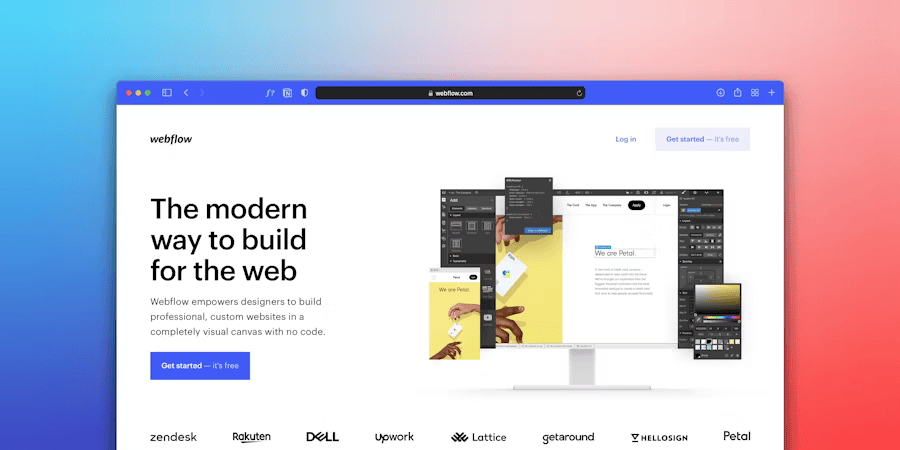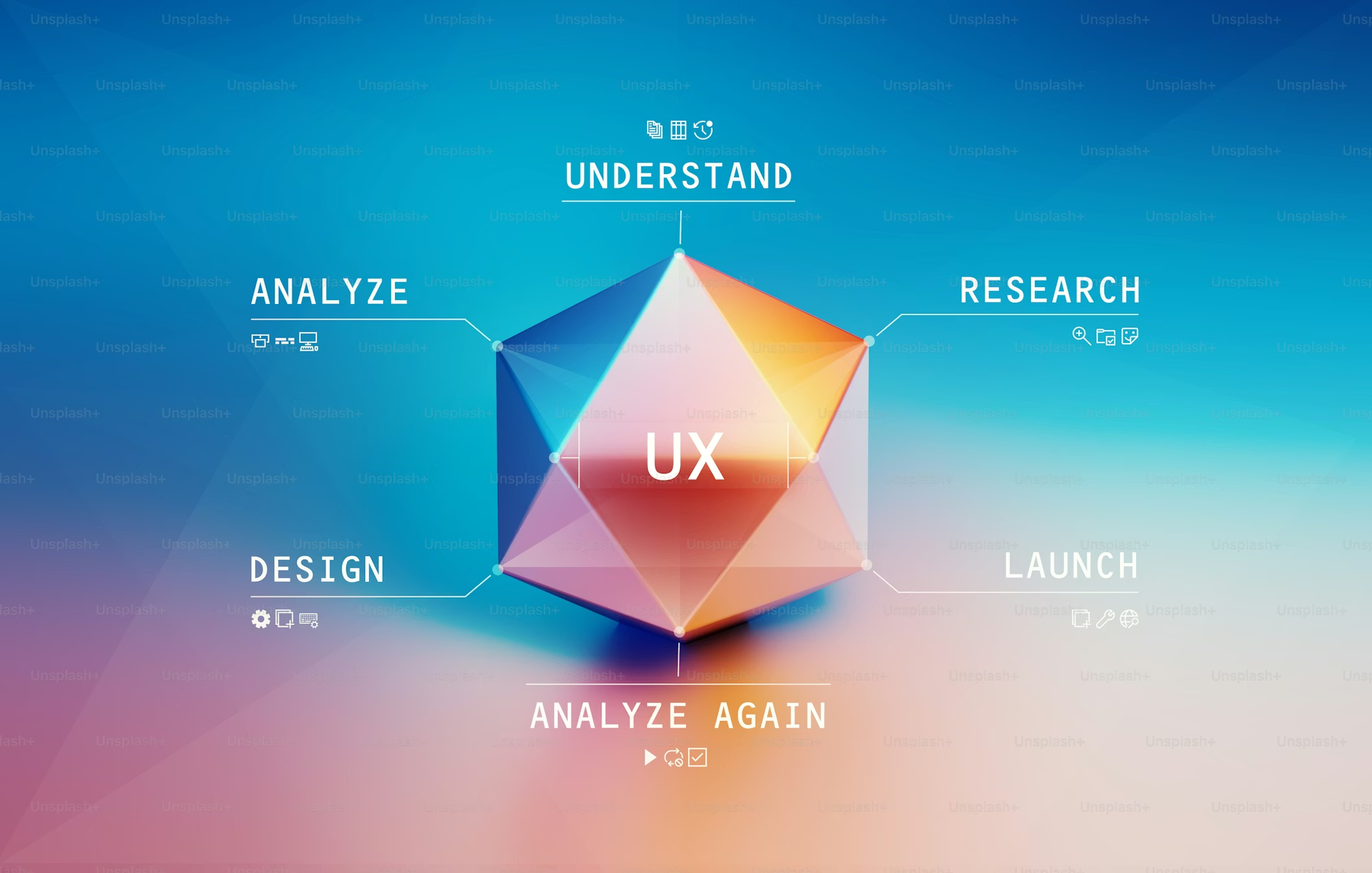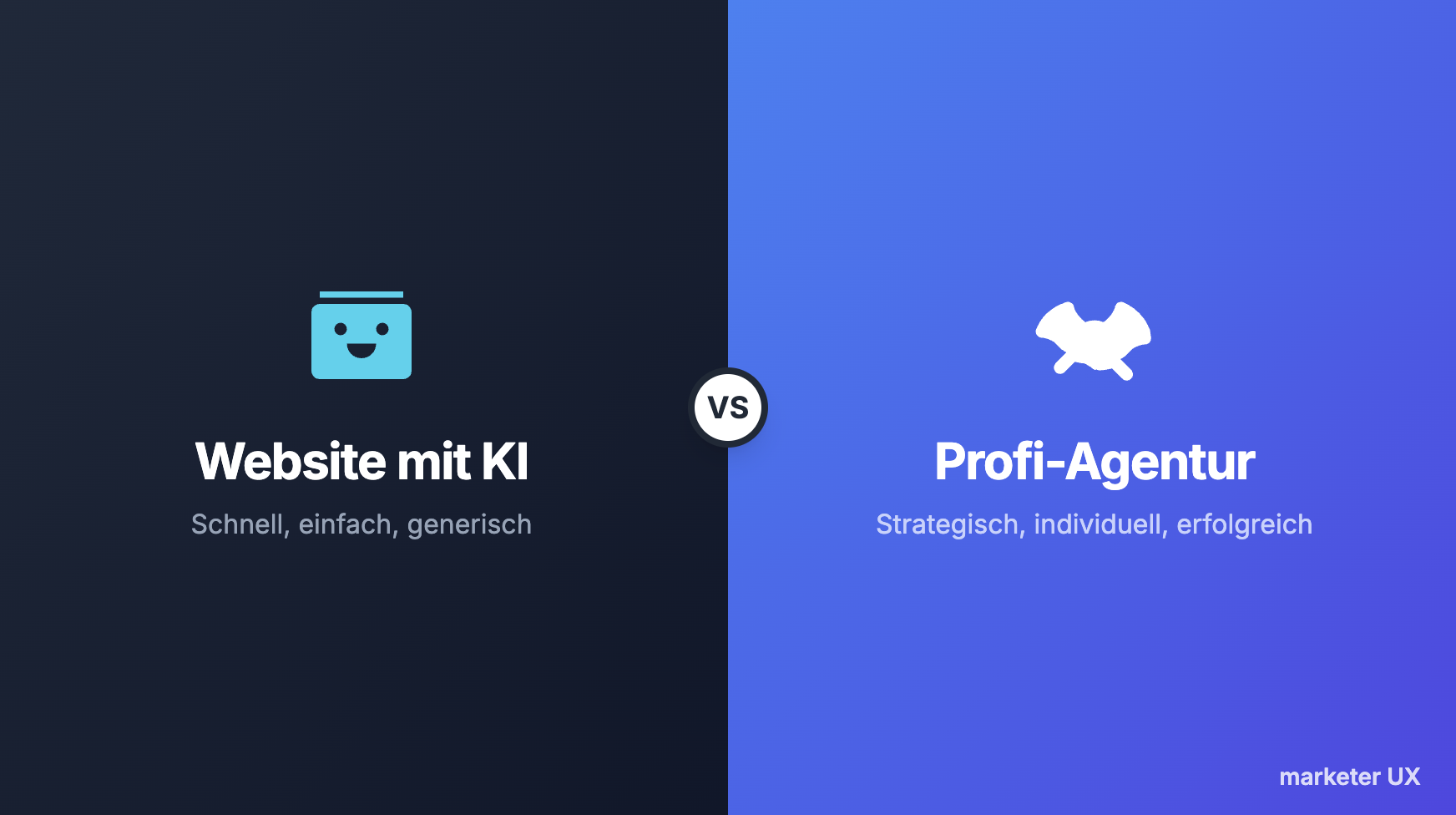Game changer: Webflow real-time collaboration is here — and it's changing everything

Short and concise
- No more blockages: The hassle of requesting and handing over “design control” is completely eliminated.
- Parallel work: designers, developers, copywriters, and animators can now work in tandem on the same site.
- Figma workflow on the web: See your colleagues' avatars and mouse cursors live and edit layouts, styles and content together — one Workflow, which has so far only been used by tools like Figma; optimized workflows speed up collaboration and increase team efficiency.
- Faster launches: marketing teams and agencies can plan and launch landing pages in record time, as waiting times are eliminated.
- Higher efficiency: Deadlines are met reliably, which increases team performance and budgets are spared as less time is lost in waiting.
What is Webflow real-time collaboration?
So far, working in Webflow was a sequential process.
Previously, only one user could actively work in the Designer at a time.
If a second user wanted to make changes, they had to wait or submit a check request.
Different types of users — from designers to developers to editors — therefore had limited opportunities to implement their respective tasks simultaneously.
The new Webflow real-time collaboration breaks this linear structure.
It transforms the Webflow Designer into a multiplayer canvas and serves as a foundation for efficient collaboration and website layout customization.
Once this feature is unlocked for your account or workspace plan, you can see the avatars of your team members at the top right of the screen.
You can watch live which HTML elements or components your colleagues are currently working on.
While a designer works on UI design files, someone else can set up interactions and animations, or an editor can update and edit CMS content and pages in real time.
This way of working not only promotes productivity, but also supports the use of design systems that make collaboration easier and allow components to be reused efficiently.
The business impact: Why this is more than just a feature
The true strength of this solution lies not only in technology, but also in its business impact.
For companies and marketing teams, this means a massive increase in efficiency — particularly because optimized development processes significantly simplify the implementation of complex content and functionality.
Imagine launching a new campaign landing page:
- The designer checks the visual design and reviews layouts on various devices.
- Simultaneously, the copywriter adds headlines and SEO text.
- Simultaneously, the animator adds a hover effect to the button.
- Simultaneously, the developers check integrations and page settings for SEO.
These parallel workflows enable the rapid delivery of content and pages to the target audience.
No one has to wait, and there are no questions like “Are you done?”
The entire workflow — from the initial idea and wireframes to the final implementation — is accelerated, with optimal support for collaboration and the involvement of different team members.
This ability to reliably meet deadlines is an invaluable advantage in fast-moving marketing.
Additionally, the new feature helps reduce costs and makes Webflow project pricing more transparent.
Like Figma, but directly on the final website
Successful examples: How teams benefit from real-time collaboration

The introduction of real-time collaboration in Webflow has fundamentally changed the way teams create and manage websites.
Especially when building websites, designers, developers, and marketing teams benefit from the ability to work together on the same page simultaneously — without waiting times or communication barriers.
A typical scenario: While designers customize the visual design and layouts directly in the Webflow Designer, developers can simultaneously implement the desired interactions and animations.
This creates a seamless workflow where design and development go hand in hand.
Changes to the design are immediately visible, and technical adjustments can be tested directly — saving time and ensuring consistent results.
Marketing teams and Webflow partners also benefit enormously from this new feature.
Marketing teams can add their content and campaigns to the website in real time, while Webflow partners handle the technical implementation and optimization.
This allows new landing pages, product pages, or blog articles to be published significantly faster, with a clear focus on the target audience.
What that means for your next Webflow project
As your Webflow partners, this allows us to respond to your needs more quickly and flexibly.
Changes and feedback can often be discussed and implemented live with you on screen.
This solution is especially valuable for larger projects with complex websites or Webflow Enterprise customers who have multiple stakeholders managing the online presence.
It provides the necessary flexibility to efficiently manage large projects and optimally support the creation and administration of multiple pages.
Webflow real-time collaboration is more than just an update — it is the next logical step for a platform that redefines professional website creation and serves as a foundation for future projects.
Are you launching your next project at maximum speed?
Are you planning a new webpage, or do you want to take your existing online presence to the next level?
We use the latest Webflow features to implement your projects faster and more efficiently than ever before.
Schedule a free potential analysis now, and let us discuss your opportunities and how to unlock them.
FAQ
Is Webflow easy?
For beginners, Webflow seems complex at first because it offers many features — similar to professional design software. However, once you understand the basics of layout, flexbox and CMS, it quickly becomes intuitive. Designers in particular appreciate Webflow because they can implement websites without a developer — and at the same time visually see how their design works on all devices.
What does a Webflow developer do?
A webflow developer (or webflow designer) creates websites visually in the webflow designer, implements design concepts and ensures that they are implemented in a technically clean, responsive and performant manner. He takes care of interactions, CMS structures, SEO basics and often also integrations with tools such as Zapier, HubSpot or Memberstack. In short, it combines design, development and technical understanding in one tool.
What are the alternatives to Webflow?
Depending on the destination, there are various alternatives:
- Framer — modern, design-oriented and similar to Webflow, but with a focus on animations.
- Wix Studio — easier to use, ideal for small projects
- WordPress+Elementor or Breakdance — more flexible, especially when it comes to individual functions or larger content.
- Squarespace — very user-friendly but less customizable.
- Typedream or Softr — for quick, easy no-code projects.
What's wrong with Webflow?
Webflow is a powerful tool, but it also has a few limitations. It is reaching its limits for complex web applications or individual backends, as it is primarily designed for static or CMS-based websites. In addition, hosting costs are higher than with classic web hosting solutions, and anyone who needs full control over the code must expect restrictions. The learning curve can also be a bit steeper for beginners — especially if you have no experience with responsive design or layout structures.


























rev%20komprimiert.jpg)
.jpg)

.png)





.jpg)
.jpg)













